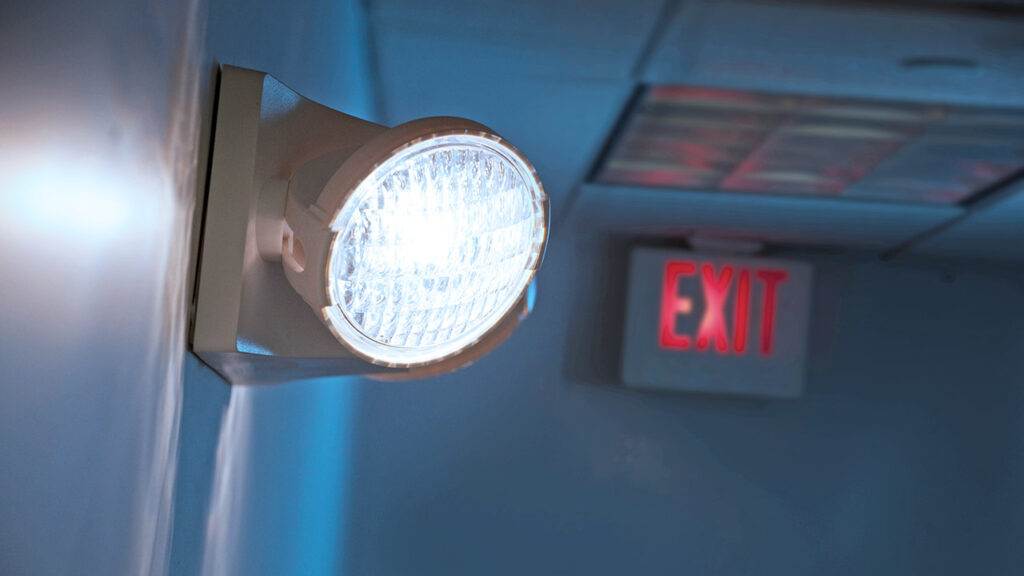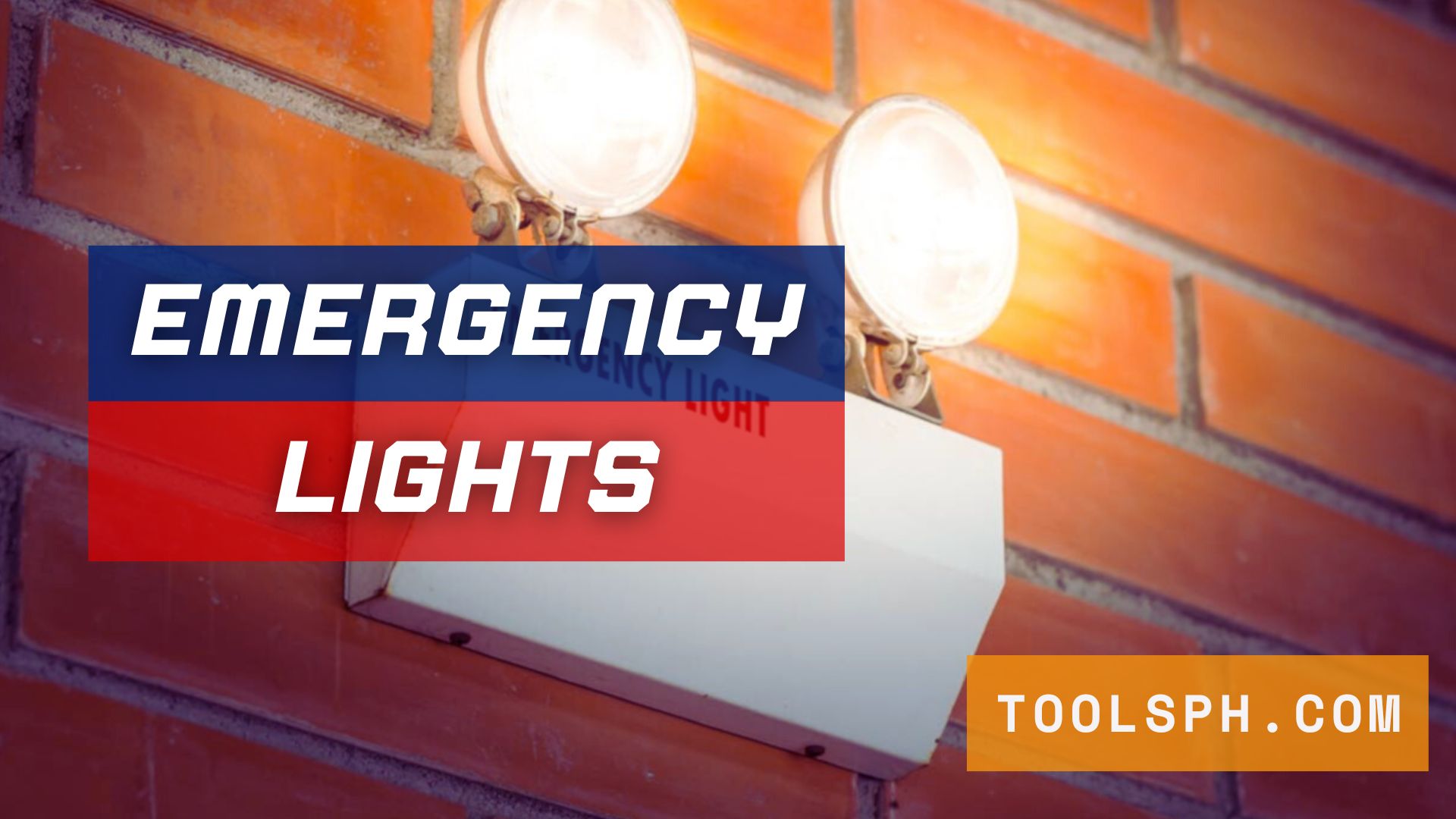Essential safety equipment and emergency lights are made to provide light in the event of a power outage or emergency. They usually consist of sturdy enclosures holding rechargeable or battery-operated light sources. Buildings, cars, and outdoor spaces all have emergency lights installed in strategic locations to direct people to designated assembly areas, stairwells, and safety exits. They frequently have an automatic feature that turns on when regular lighting is interrupted, guaranteeing instant visibility in dim or dangerous situations. Certain models might come equipped with extra features like directional or flashing indicators to improve visibility and facilitate evacuation protocols. Emergency lights are essential for being prepared for emergencies and for saving lives in unanticipated circumstances.
Emergency Lights Prices
Emergency light prices vary depending on its brand, input voltage, wattage, and battery capacity. Its price ranges from ₱280.50 to ₱1,078.00
| Details | Input Voltage | Wattage | Battery Capacity | Prices |
| Firefly | 230 V | 140 W | 30000 mAh | ₱831.50 |
| SunnyMall | 230 V | 300 W | 30000 mAh | ₱831.50 |
| SunnyMall | 230 V | 600 W | 30000 mAh | ₱1,078.00 |
| SunnyMall | 220 V | 60 W | 5000 mAh | ₱280.50 |
| Shine | 220 V | 50 W | 5000 mAh | ₱382.00 |
| Shine | 220 V | 100 W | 5000 mAh | ₱830.00 |

Advantages of Emergency Lights
Safety – The main benefit of emergency lights is that they increase safety by illuminating areas during emergencies or power outages. They lessen the possibility of mishaps and injuries by assisting occupants in navigating dim or dangerous environments.
Visibility – Emergency lights make it easier for people to find exits, escape routes, and safety equipment in dimly lit or smoke-filled areas.
Reliability – If the primary power source fails, emergency lights are outfitted with backup power sources, such as batteries or generators, to guarantee uninterrupted operation.
Emergency Preparedness – Buildings and facilities can be better equipped to handle unplanned events like fires, natural disasters, or power outages by installing emergency lights. This will reduce disruption and guarantee orderly evacuation procedures.
Disadvantages of Emergency Lights
Limited Lifespan – The batteries in emergency lights run out eventually and need to be changed regularly. When needed, the backup power source may malfunction if it is not properly maintained or replaced, jeopardizing safety.
Dependency on Technology – The batteries, electrical parts, and sensors that make up emergency lights are dependent on technology. These parts are susceptible to aging, environmental conditions, and defects, which could make them less effective in an emergency.
Environmental Impact – Because old batteries and other parts of emergency lights may contain hazardous materials that need to be handled and recycled properly, disposing of them can have an adverse effect on the environment.
Video about Emergency Lights
FAQs
For what purpose are emergency lights used?
In times of emergency, evacuation, or power outage, emergency lights are used to provide light. They assist in directing people to designated assembly places, stairwells, and safety exits in houses, cars, and outdoor spaces.
How do emergency lights operate?
Usually, emergency lights are made up of rechargeable or battery-operated light sources that turn on on their own when the primary power source fails. Until regular lighting is restored, they offer backup illumination to guarantee visibility in dim or dangerous situations.
Are emergency lights required by law?
To maintain compliance with safety standards, emergency lighting systems are frequently required to be installed in commercial, industrial, and residential buildings by building codes and safety regulations.
On what frequency should emergency lights be inspected and serviced?
Regular testing and maintenance are necessary to guarantee the proper operation of emergency lights. Regulatory requirements may determine how frequently emergency lights are tested and maintained, but it is generally advised to test them every month and conduct a thorough inspection and test once a year.
What should I do if my emergency lights are not working?
To ensure safety, it’s critical to fix broken emergency lights as soon as possible. This could entail calling a qualified technician for repairs or maintenance, changing the batteries or bulbs, or troubleshooting the issue.


